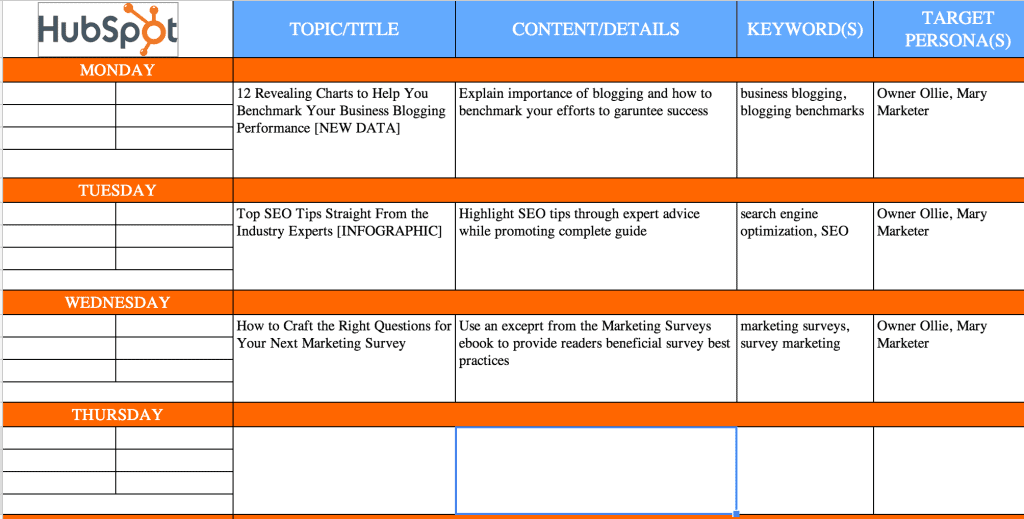
Including Ecommerce Content in Your SEO Strategy


Have you ever visited a website multiple times before deciding to make a purchase? What contributed to your final decision to buy? If you would like to know how ecommerce content can influence an audience, you must first understand how your competitors attract customers and what you can do to draw more attention to your site.
Trying to Compete
To create an effective SEO strategy for your ecommerce store, it is important to know what you are up against and plan accordingly. In order to keep up with major competitors, you have to produce high quality content and be consistent about publishing. For many people, this means optimizing a site on a much smaller budget than a larger, well-established business. At this point, you are probably wondering how ecommerce blogging could possibly compete with a million dollar marketing budget. Fortunately, there are three simple ways to increase traffic that do not require expensive promotions or ads.
1. Evergreen content
One of the main components of ecommerce blogging is evergreen content, which generates long-term traffic and leads. This type of content is useful and contains relevant keywords that will maximize search rankings long after the original date of publication. If you are struggling to think of topics that would be interesting to your audience, think about the questions a potential customer might have and try to answer them through the use of informative posts and descriptions.
2. Content calendars

Another helpful tool is a content calendar, which maps the creative process from brainstorming to publication. If you don’t think a content calendar will be necessary, think again! Evergreen topics and suitable keywords are not enough to boost your rankings in the search engine. You also have to consider the frequency of your posts if you truly want to maintain an image of credibility and consistency. With a content calendar, you can determine the frequency of your blog posts and plan ahead for seasonal trends.
3. Internal links
A third way to promote your ecommerce store is to use internal link building as a marketing tactic. Imagine that you are searching for products to maintain a swimming pool. The first few results link directly to a commercial page with a variety of featured products. Further down the page, you spot an informative blog post that discusses the type of products that are best suited for this task. In most cases, customers would be more likely to click on the blog post to find out what they should be looking for.
By using internal links to specific product pages, you can lead users to make purchases from your store. In fact, a study published by HubSpot indicates that 97 percent of SEO clients get more links from blogging than businesses that ignore the value of informative content. Furthermore, sites that are updated frequently gain at least one customer through the use of consistent blogging.

Tailoring Content
Now that you know how blogging can affect your standing in a given industry, you can focus on tailoring your content to reflect the needs of your audience. Like other types of businesses, an ecommerce store should be ready to answer the questions of the consumer in a way that makes the product desirable. While brainstorming topics for informative blog posts, think about questions that relate to the product. Then answer these inquiries with conversational content that highlights specific guidelines, benefits or features.
However, blog posts are not the only type of content that can be tailored to influence your search rankings. A unique product description can be just as useful, especially since many ecommerce stores do not take the time to produce original content. As a result, customers often see the same product descriptions on multiple sites with little more than a list of features and shipping details. Whether you have 10 products or 10 pages of products, explaining the benefits and uses of each item provides more copy for search engines to rank your site.
User Generated Content
Although custom content is crucial to your success, it is also worthwhile to consider the advantages of user generated content. For ecommerce stores, this usually takes the form of a review. No matter how long you have been running your business, customers want to see real feedback from people who share the same concerns about quality, pricing and value. When you combine detailed product descriptions with helpful reviews, it is easy to make an informed decision about a purchase without hours of tedious research.

For those who do not have time to filter through hundreds of reviews, include a section where customers can leave feedback directly on the product page. Just remember to address any negative feedback immediately to show customers that you care about their opinions. On the other hand, a product that continues to receive poor reviews can damage your credibility as a supplier. If it becomes a recurring problem, you might want to remove the current listing or replace it to avoid future conflict with consumers. You can also allow customers to rate your products so you can see which items are performing well.
In the end, ecommerce blogging is an SEO strategy that is often overlooked as a means of marketing. You can’t just list hundreds of products online and expect customers to order through your site when there are plenty of other well-known companies competing for attention. Instead, boost your business with ecommerce content that features useful information and reviews.
- What Does a Content Marketer Do? - April 18, 2023
- Why You Should Be Building Location Pages - April 18, 2023
- Evergreen Content 101: How To Create Content That Lasts - March 12, 2022


